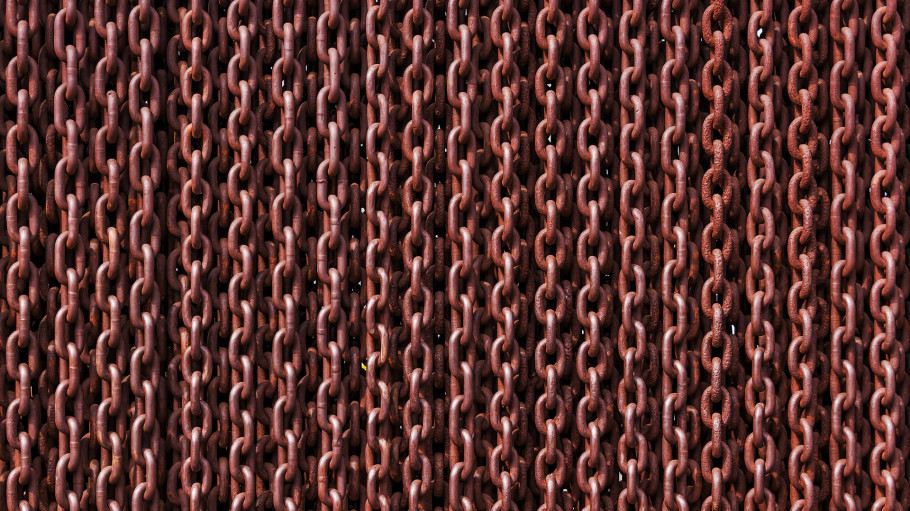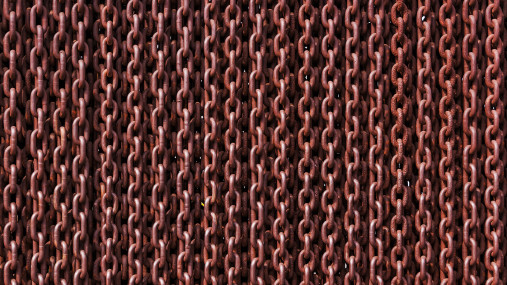
Press releases » Weakness in EU steel safeguard and poor market conditions threaten sector
Weakness in EU steel safeguard and poor market conditions threaten sector
Downloads and links
Recent updates

Brussels, 16 May 2019 – Surging import volumes, stalling economic growth, high and volatile raw material costs and sharply growing carbon costs are coming together to form a perfect storm that could knock the European steel industry back into a period of severe crisis. The impact of this combination of factors has already begun to affect European steel producers, with facilities being idled and production being cut back significantly across Europe.
“The European steel sector has had less than two years of stability, a period which arguably ended in mid-2018 with the imposition of the US’ Section 232 measures”, said Axel Eggert, Director General of the European Steel Association (EUROFER). “2017 saw 8,000 jobs return to the sector, with another 2,000 following in 2018 – bringing total direct employment in the steel industry back up to 330,000. However, if this mix of negative conditions persists, these gains could be reversed”.
Steel markets have slowed abruptly, both in the EU and worldwide. Growth in steel demand was 3.3% in 2018. EUROFER forecasts suggest there will be a decline of 0.4% in 2019.
“This stalling demand coincides with import volumes rising at an ever faster rate. These grew by 12% year-on-year in 2018 – 2017 was already a record – and 2019 might see volumes increase even further”, added Mr Eggert. “This import growth underlines the absurdity of a safeguard which includes programmed periodic ‘relaxations’ of 5%: in February and July 2019, and again in July 2020 – even though demand is expected to be flat. This is an overgenerous gift to steel exporters to the EU”.
Meanwhile, the carbon price has now reached €25 per tonne of CO2, which is considerable given the relative size of the steel sector’s tight margins. Pared with supply volatility for iron ore in the wake of the Vale/Brumadinho dam disaster in Brazil, alongside high and volatile scrap and coking coal prices, the European steel industry is struggling on several fronts at once.
“Any one of these factors would cause difficulties for the sector. In combination they are a perfect storm of negative dynamics entirely beyond the control of the steel industry itself”, emphasised Mr Eggert.
Following the financial and economic crisis European steel struggled to swing back onto an even keel, with depressed demand growth and aggressive targeting by exporters to the EU in a global market awash with excess production capacity.
“We have now had as little as 18 months to rebuild – and have achieved just as the economic cycle seems to have reached the tail end”, said Mr Eggert. “For the European steel industry not to be swept away we need policy makers to handle the primary threat: the surge of imports that has consumed virtually the entirety of the growth in EU steel demand for the better part of a decade”.
EUROFER has written to EU policy makers making this point, in particular relating to making the EU steel safeguard more robust and effective, as well as continuing work on WTO reform and on international cooperation to remove the causes of subsidised global overcapacity.
“Despite being well-intentioned, the current steel safeguard framework has not prevented surging imports. EU producer margins are on the floor, which undermines their ability to invest in skills, technology and low-carbon development. The alarm bells are already ringing and action is required today to prevent this flood washing the sector away”, concluded Mr Eggert.
Contact
Charles de Lusignan, Spokesperson and head of communications, +32 2 738 79 35, (charles@eurofer.be)
About the European Steel Association (EUROFER)
EUROFER AISBL is located in Brussels and was founded in 1976. It represents the entirety of steel production in the European Union. EUROFER members are steel companies and national steel federations throughout the EU. The major steel companies and national steel federations in Switzerland and Turkey are associate members.
About the European steel industry
The European steel industry is a world leader in innovation and environmental sustainability. It has a turnover of around €170 billion and directly employs 330,000 highly-skilled people, producing on average 160 million tonnes of steel per year. More than 500 steel production sites across 22 EU Member States provide direct and indirect employment to millions more European citizens. Closely integrated with Europe’s manufacturing and construction industries, steel is the backbone for development, growth and employment in Europe.
Steel is the most versatile industrial material in the world. The thousands of different grades and types of steel developed by the industry make the modern world possible. Steel is 100% recyclable and therefore is a fundamental part of the circular economy. As a basic engineering material, steel is also an essential factor in the development and deployment of innovative, CO2-mitigating technologies, improving resource efficiency and fostering sustainable development in Europe.

Download files or visit links related to this content
Letter to Commission President von der Leyen and Executive Vice-President Sejourne'
Brussels, 27 November 2024 – The European steel industry is at a critical juncture, facing irreversible decline unless the EU and Member States take immediate action to secure its future and green transition. Despite repeated warnings from the sector, the EU leadership and governments have yet to implement decisive measures to preserve manufacturing and allow green investments across Europe. Recent massive production cuts and closure announcements by European steelmakers show that time has run out. A robust European Steel Action Plan under an EU Clean Industrial Deal cannot wait or manufacturing value chains across Europe will simply vanish, warns the European Steel Association.
Brussels, 12 November 2024 - Ahead of Commissioner-Designate Séjourné’s hearing in the European Parliament, European steel social partners, supported by cross-party MEPs, jointly call for an EU Steel Action Plan to restore steel’s competitiveness, and save its green transition as well as steelworkers’ jobs across Europe.